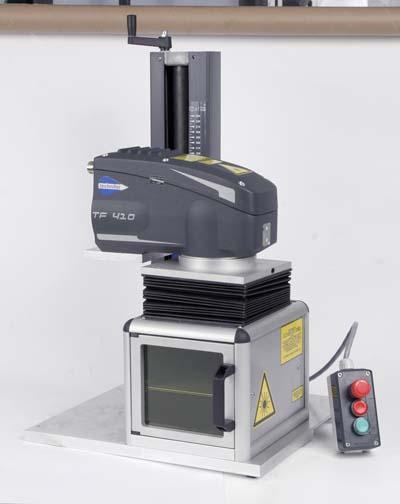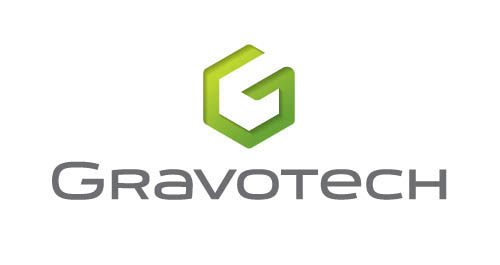
TF410, the new fibre laser marking solution from Technifor Inc. is the entry-level version for medium- and large-run applications: automotive, medical, electrical or mechanical components. TF410 has a 10W laser and retains the compactness and guarantees the proven performance in terms of marking quality and writing speed that have made the earlier 20W model, the TF420, so successful. Thirty percent less expensive than the higher-level TF420 version, the TF410 can execute most shallow-depth marking applications for medium and large runs. The first advantage of the TF410 is its ease of integration. Its 1.06Ì_å_m laser light source housed in the separate control unit, its new-generation electronics and its small number of optical components result in a marking head that occupies a volume of only 10 dm3, half that of the previous models (diode-pumped laser). The light beam is conducted to the marking head by an optical fiber. The separate control unit incorporates a built-in buffer memory. The lifetime of the source is five times longer than that of a diode-pumped YAG laser, according to the company. Second, the TF410 marking head and its control unit have been designed with a small number of mechanical and optical components (everything is in fiber, sealed and in one piece) to reduce maintenance and to avoid drift in optical component settings, so that constant marking quality over time is obtained and minimum servicing is required. Lastly, the machine is designed with alarms against any type of improper use, even the marking of reflecting items. The TF410 marking unit includes TechniforÌâå«s T700W marking program. Its interface can be used to program the simplest markings in less than five clicks. It manages traceability data (serial number, variables, Data Matrix codes, bar codes) and can establish links with production databases (ODBC, Excel, ASCII). Logo marking is also possible (PLT, JPEG, BMP, DXF). Materialslibraries with preprogrammed settings are provided, along with the generation of log files.

